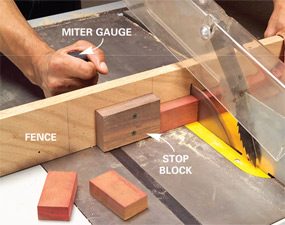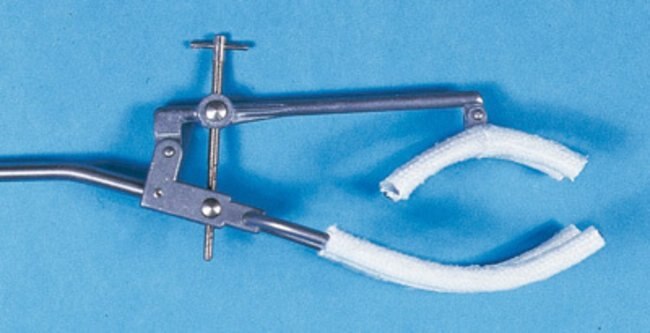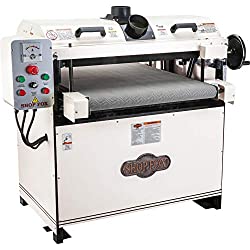
There are many things you should consider when opening a woodworking shop. Here are some of the main things to consider when setting up your shop: Bench dogs, Cabinets, and Dust collection systems. These are some tips to help you make your shop more productive. Learn how to arrange your workbench in a way that is easy for you. Your bench dog's future is important, so don't forget them.
Workbench placement
There are many considerations that must be made when setting up your woodworking store. A workbench is a solid surface that you can work on. It also serves as a vice for holding the wood in place while you shape and cut it. A workbench should have plenty of storage space for your power and hand tools. Proper storage is critical for making woodworking easier. Here are some tips for selecting the right workbench.

Dust collection system
There are many options for dust collection systems that you can use in your woodworking shop. A good system will make woodworking more enjoyable and safer. A dust collection system will allow you to work more efficiently, without the hassle of cleaning and emptying multiple containers. You can also get a shop vac for your woodworking shop setup, which will reduce the amount of time you spend cleaning.
Cabinets
When choosing cabinets to fit a woodworking shop layout, there are many things you should consider. An area to store tools and lumber is necessary. You'll also need a space for a workbench, stationary machine, finishing area, and some storage space for wood pieces. You want your workshop layout to be able to move freely and have plenty of space between the bench and walls. A workshop setup should allow for dust collection. Most power tools, including sanders, produce enormous amounts of airborne dust. Dust collection systems can be used to get rid of most of this dust.
Bench dogs
A set bench dog is an essential accessory for any woodworking shop. You can buy bench dogs at various prices or make your own. These clamps can hold wood, nails and chisels. Drawing a diagram will help you determine how many dogs holes you need. The dowel rod should be able to fit into each hole with minimal wobble.

Storage units
There may not be many tools that you can store in your woodworking workshop. You will have plenty of inventory once you begin making items. You may be able to keep items in stock and order additional products for customers. Renting storage units is a smart business move. You'll have ample space to store your inventory and your home will be clutter-free. In addition to renting storage units, you can also buy shelves and organizers to store your supplies and finished projects.
FAQ
How can I organize my shop?
A designated place to store your tools is the first step towards keeping your workshop clean. Your tools will stay sharp and ready to go when they are free from dust and debris. Use pegboard hooks to hang tools and accessories.
How much will it cost to get started?
Since every project differs, it is impossible to give exact numbers. Consider these factors if you need to estimate the amount of money that you will require.
-
Material costs
-
Tools and equipment
-
Time spent on the project
-
Hourly rate
-
What profit are you expecting to earn?
-
Hire help
For those just beginning, it may be a good idea to start small with simple items like boxes and picture frames. As you gain more experience, you will be able tackle more complicated projects.
What kind and type of wood should i use?
The most popular types of wood used in woodworking include oak, pine, birch, maple, cherry, mahogany, teak, poplar, redwood, and bamboo. Each type of wood has unique characteristics that affect the look and feel of the final product. For example, oak tends to be darker and harder than other woods. Birch is light and soft, while mahogany can be heavier and more dense. There are two options: solid wood and veneers. Veneers consist of thin sheets made from wood and glued together to form a single layer.
Which material would you recommend for woodworking lessons?
You can start with softwoods like pine or poplar. When you feel confident with these two, move on towards hardwood.
How often should I get new supplies?
Some tools will need to be replaced over time. If you are using hand tools, you will need to sharpen them frequently. If you are using power tools, you will need to purchase replacement parts regularly. Spread your purchases over several months to avoid purchasing too many items at once.
Where can I buy woodworking supplies?
There are many places that you can find all the information you need. You could go to your local hardware shop or visit websites such as Amazon.com.
You can also search flea and garage sales for furniture and other materials that can be reused.
Statistics
- Woodworkers on the lower end of that spectrum, the bottom 10% to be exact, make roughly $24,000 a year, while the top 10% makes $108,000. (zippia.com)
- Overall employment of woodworkers is projected to grow 8 percent from 2020 to 2030, about as fast as the average for all occupations. (bls.gov)
- Average lumber prices rose about 600 percent between April 2020 and May 2021. (familyhandyman.com)
- In 2014, there were just over 237,000 jobs for all woodworkers, with other wood product manufacturing employing 23 percent; wood kitchen cabinets and countertop manufacturing employing 21 percent. (theartcareerproject.com)
External Links
How To
How to join hardwood without using nails
Woodworking is a popular hobby. It's fun and relaxing because you can use your hands to make something useful from wood. You might want to join two pieces from the same wood, but you don't need to use nails. This article will explain how to do this so that your woodwork projects stay beautiful.
Before you can join the wood pieces together, you need to remove any rough edges. You don't want any sharp corners to cause problems later. After you have completed this step, you are ready to glue your boards together.
When working with hardwood, glue should be applied only to one side. You should glue both sides if you are working with softwoods such as pine and cedar. Apply the glue to the boards and press them down until they are securely attached. After applying the glue, let dry the boards before proceeding to the next stage.
After you have glued your boards, drill holes where you want to insert screws. Depending on what type screw you choose, the size of these holes will depend on how big they are. For example, if your screw is a 1/2-inch wooden screw, drill a hole that is at minimum 3/4 inches deep.
Once you have drilled your holes you will need to drive the screws through each joint and into the backside. Be careful not to hit the front surface of the board, or else you'll ruin the finish. Avoid hitting the screws' ends too often when driving screws. This will prevent splitting the wood's end grain.
Now that your project is finished, you'll want to protect it from the elements. You can seal the furniture pieces or cover the top. You'll want a product that lasts for many years. Examples include oil-based varnishes and polyurethanes, shellac, lacquer and others.
These products can generally be found in any home improvement shop. Make sure you get the right product for your job. Don't forget to keep in mind that some finishes are toxic. Protective gear should always be worn when handling these finishes.